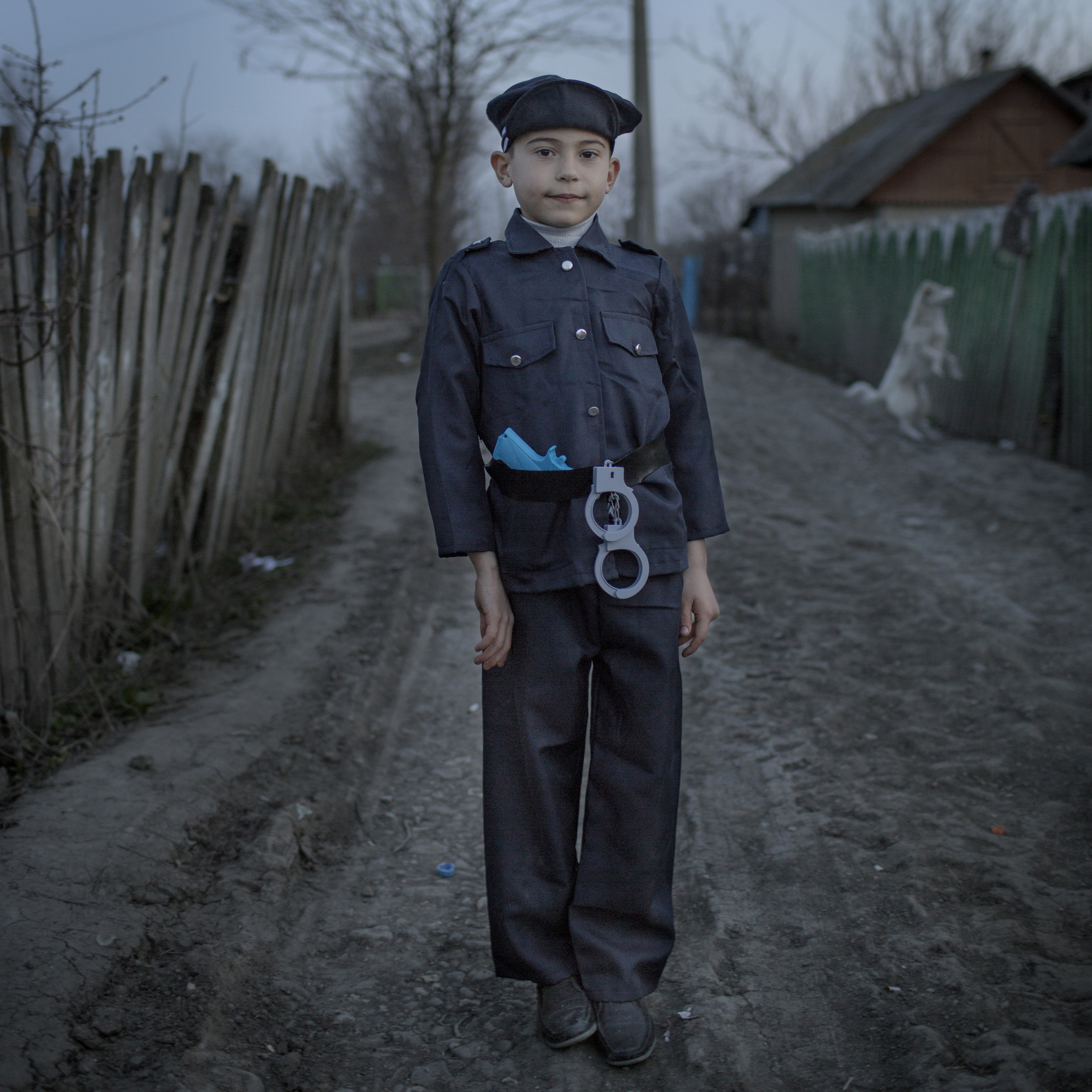
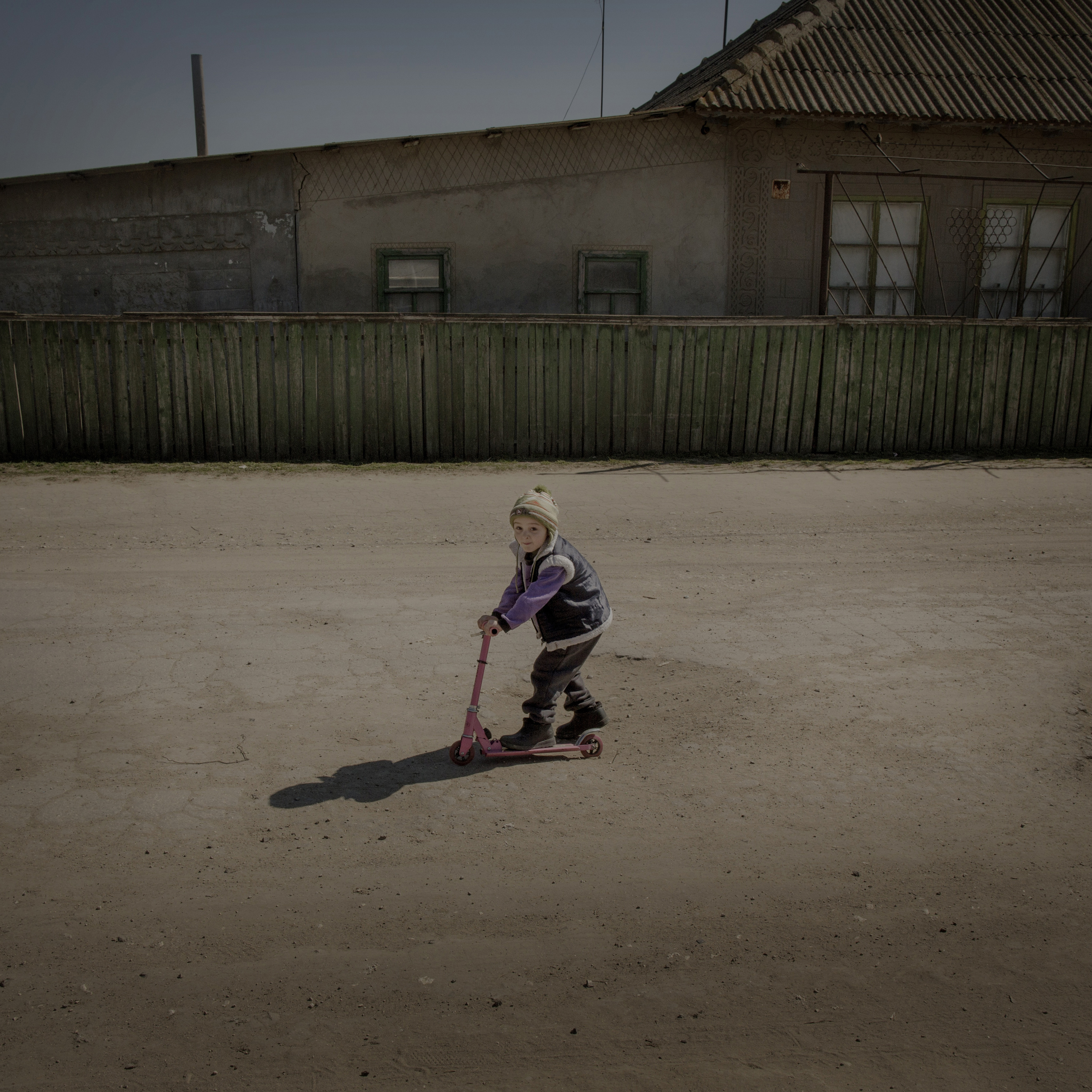

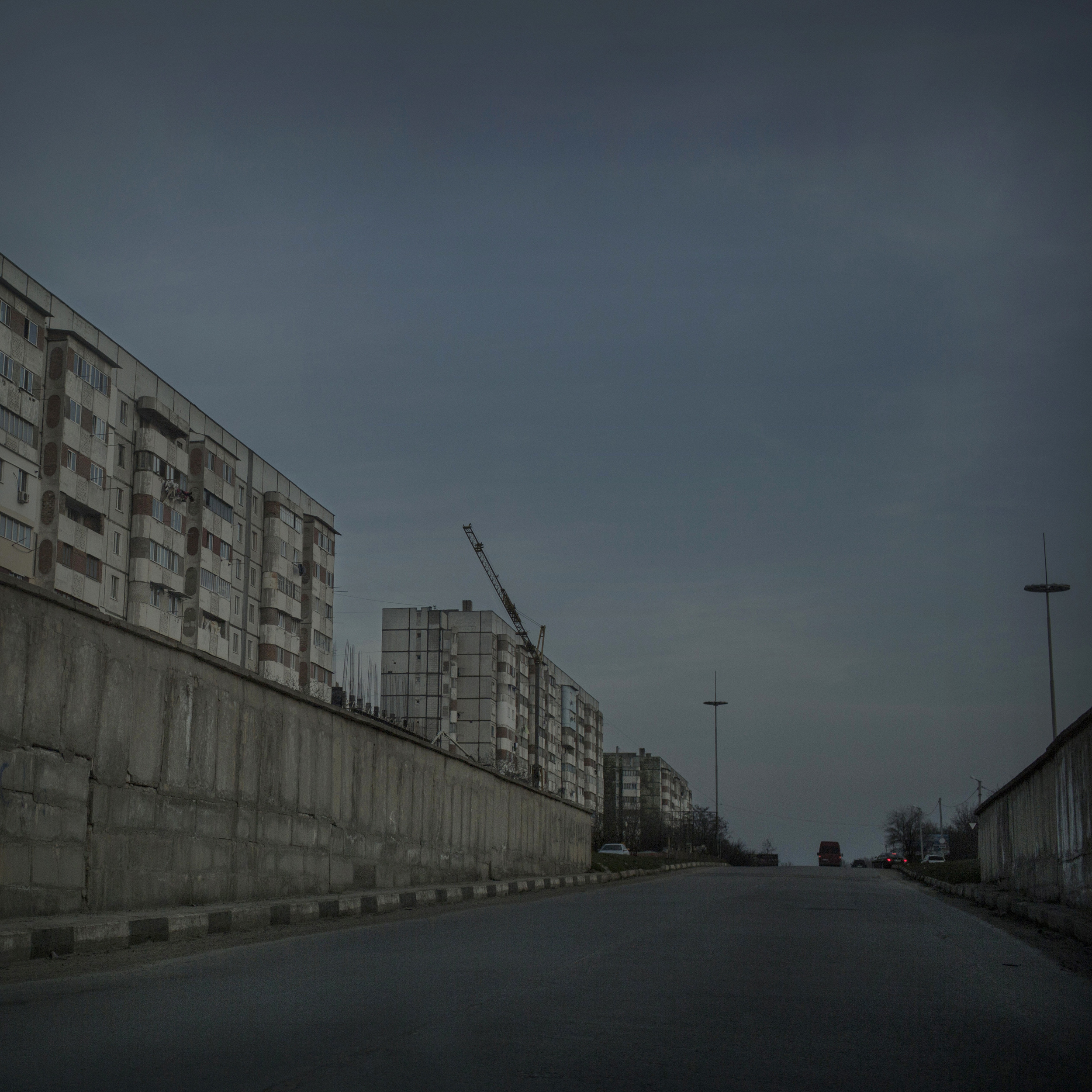

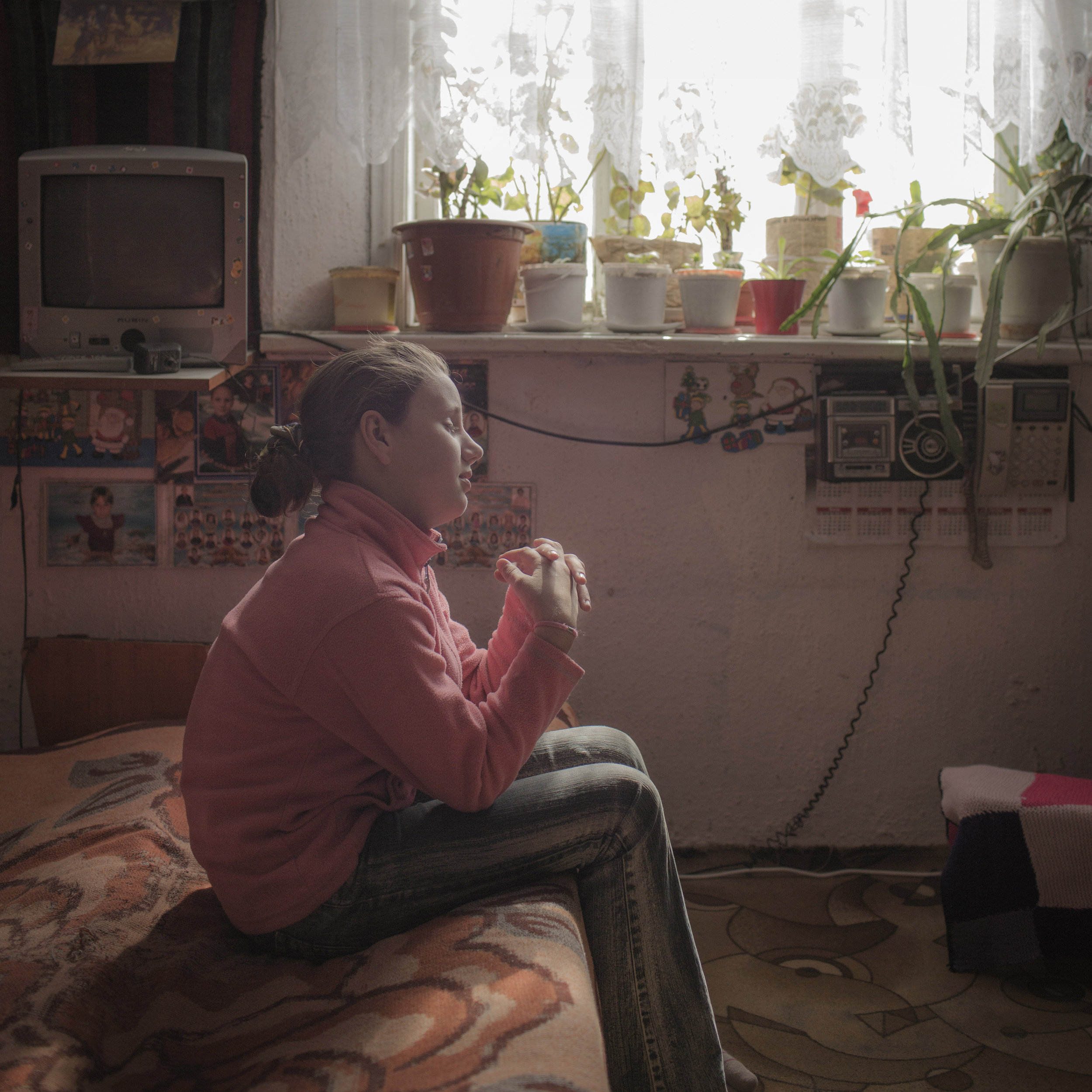
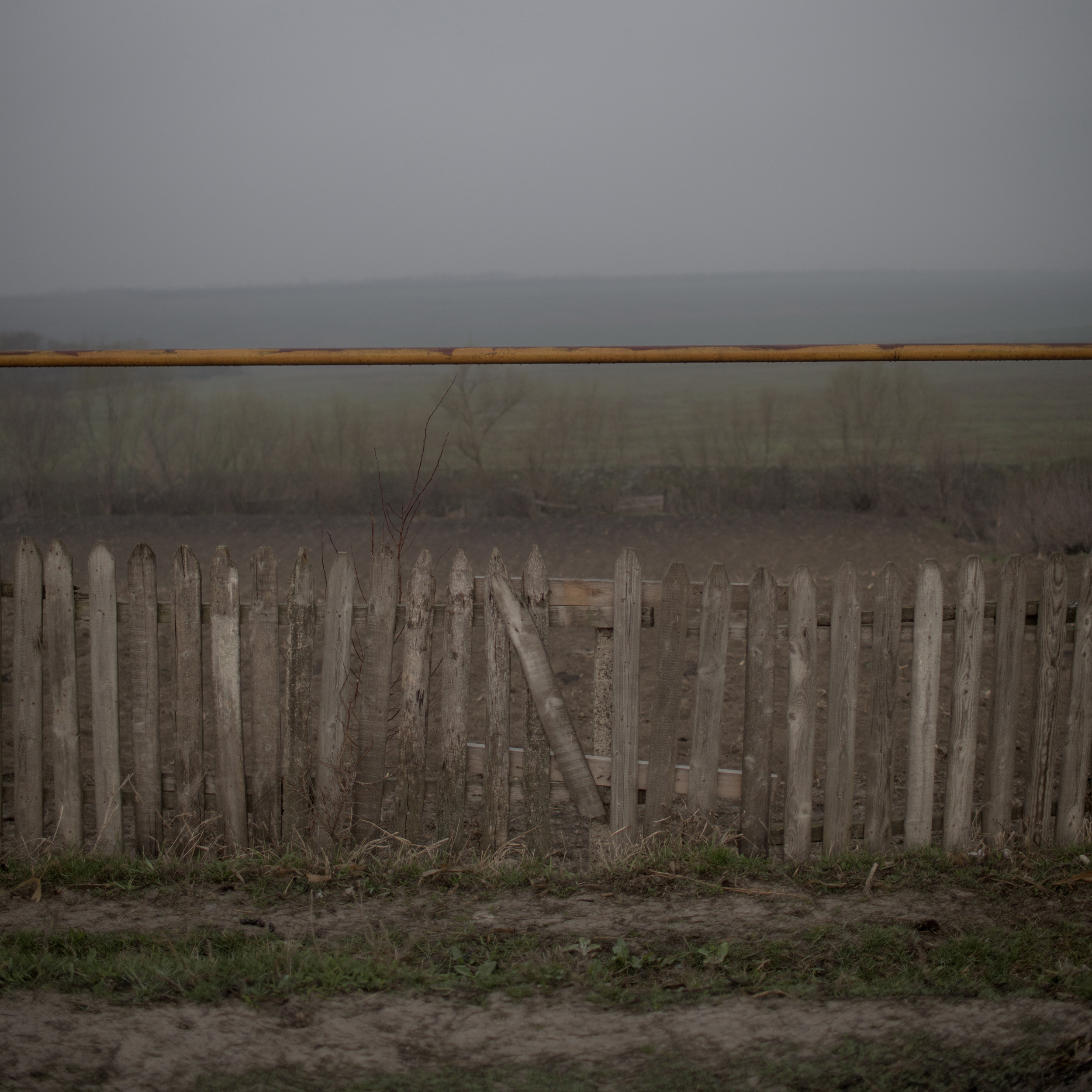

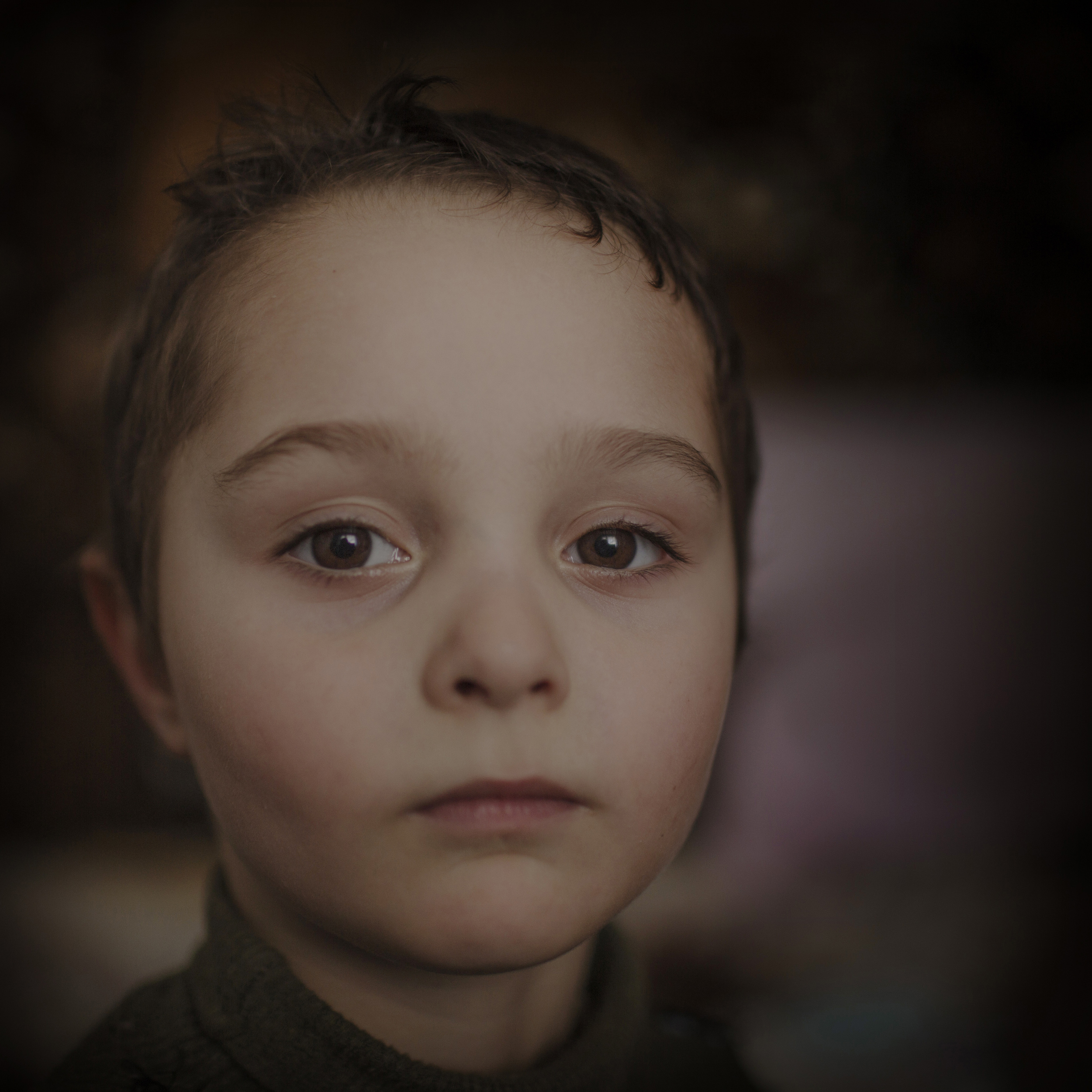
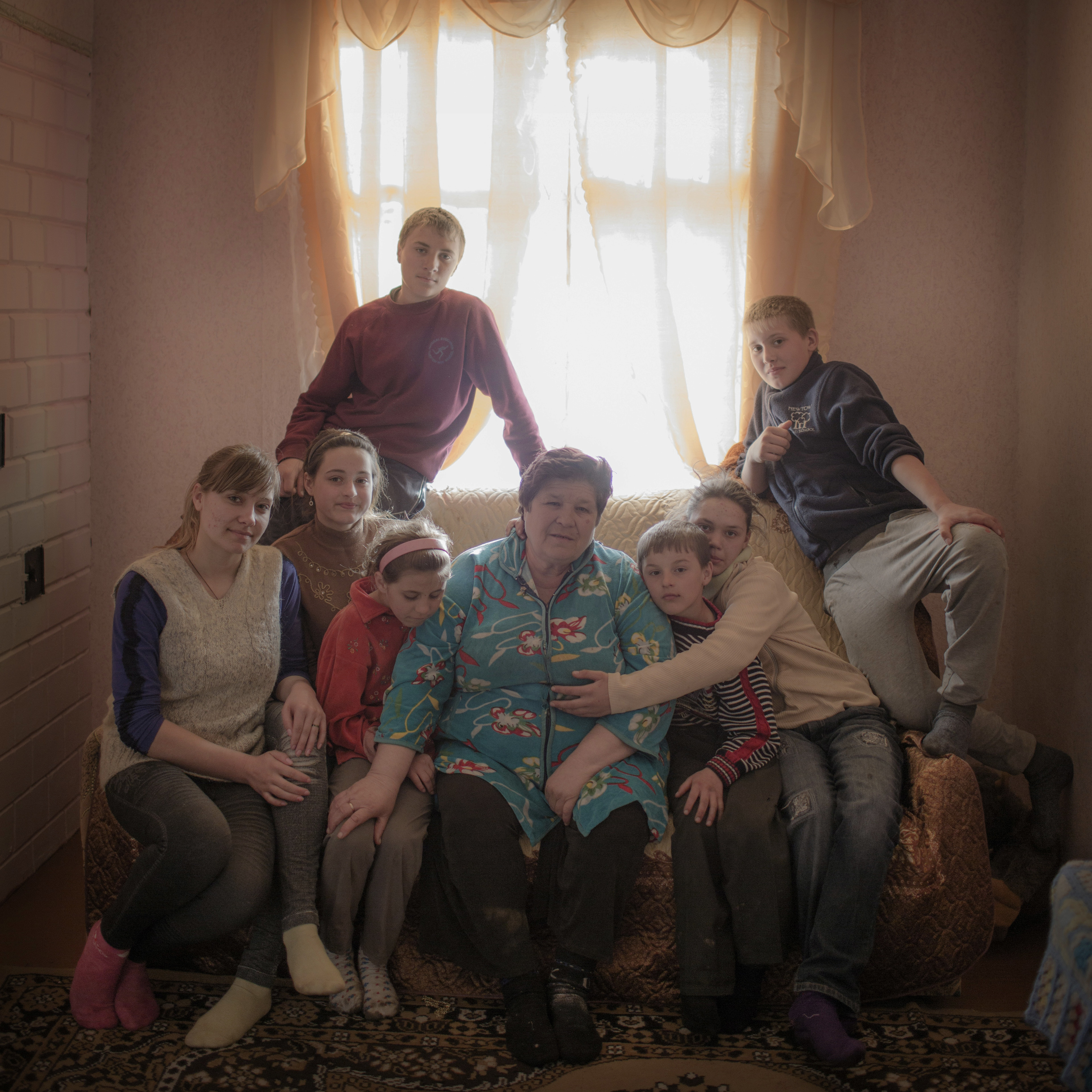

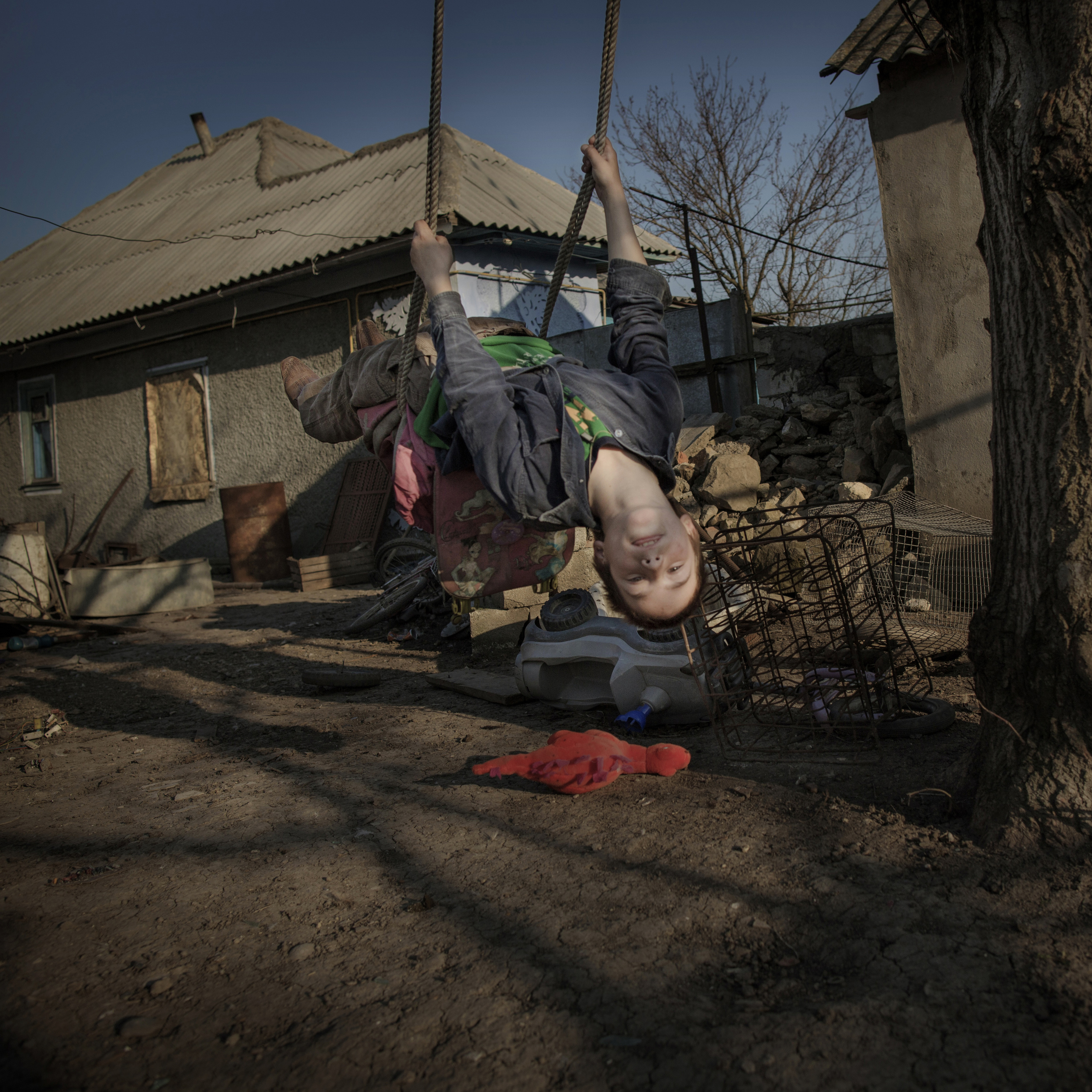
Moldova is Europe’s poorest country. Since 2004, more than a million people have left the country in search of a more prosperous future. Left behind are thousands of children who are brought up by their elderly relatives or left at institutional boarding schools, so called Internats.
Life in Moldova is hard. The UN reports on repeated human rights violations, trafficking and tortured prisoners. Young people have fled the country, leaving an dwindling, elderly population and young children. Schools are forced to close and whole villages are erased on the map. The abandoned children sing about their love and longing for their parents; a song everyone knows. Some of them will never meet their parents again. For the children of Moldova, the future is uncertain.
Situated in between East and West, Moldova is a borderland country that still has strong cultural and historical ties with Russia. While the pro-Western government in the capital of Chisinau is on the charm-offensive to join the EU, the majority of the Russian-speaking population are looking at Moscow for economic support. Transnistria, the small strip of land wedged between Moldova and Ukraine, is a relic from the Soviet era. When the Soviet Union dissolved in 1990 the Russian-speaking minority living on the eastern shores of the Dniester river feared Moldova would unite with neighbouring Romania, and refused to recognise Chisinau as their new capital. Twenty years on, the separatist state remains unrecognised by the vast majority of the world’s countries, but has its own currency, passports and number plates.
In the wake of the events in Crimea, there are growing fears that Russia will deploy even more troops in the break-away region and put pressure on the Moldovan authorities to surrender. There are already 1 500 Russian soldiers in Transnistria, a region relying heavily on aid from the former Motherland. Will the events in Crimea lead to a new dawn for break-away regions in Moldova?
text by Sara Assarsson and images © Åsa Sjöström
